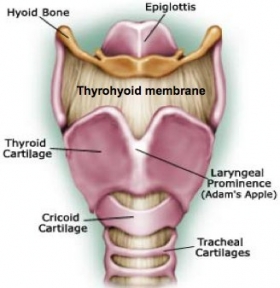Q: My question is what would a corpse be like, a victim of scaphism and encased in leather with only the head, hands and feet protruding, discovered after about two weeks in a stagnant pond in summer in England.
Alicat
A: This is a very complex situation which means that almost anything can happen. Particularly in face of your killer employing scaphism in your poor victim’s ordeal. There are many forces in this circumstance conspiring to destroy the body. After two weeks the decay process would be well along and the body should be swollen and discolored and there might already be some sloughing of tissues, particularly in the hands and the feet so that the fingernails and toenails might have slipped away. The leather binding might lessen the degree of abdominal swelling but maybe not.
Or the decay might be a little less and the body might appear only slightly swollen and discolored. Either is possible. When you add the insects and marine predators such as fish to the picture, tissue destruction could be significant—-or again very mild. Once the body floated or if it were placed on a wooden float of some sort, the insects would easily reach the corpse. These insects prefer warmer and moister areas so they tend to accumulate around the eyes, nose, mouth, groin, and any wounds such as an open abdomen or a stab wound.
Their activity could be significant or minimal, often depending on the weather. If it has rained a lot or if it is windy or if there has been a great deal of fog, insect activity would be diminished as insects do not like these conditions. But, i the weather was warm and sunny, they would be more active. Often when the medical examiner is determining the time of death in bodies that are several weeks old, he will consult a forensic climatologist to assess the weather effects in play and from this make his best guess as to insect activity and this in turn will tell him how long it took for the insects to reach the level of infestation seen. Again is always only his best estimate. And then you throw in predators, both marine and otherwise, and his problems multiply.
At the end of the day, your body would likely have a great deal of decay as described above as well as insect activity. The latter could be everywhere but would be particularly pronounced in the exposed areas where the tissues were easier for the insects to get to. Still they find their way beneath leather bindings and clothing and coverings in order to get to their next meal.
You have a great deal to work with here in that the body can either be slightly or severely decayed and the insect activity can be great or small and anywhere in between. The old adage is that whatever happens, happens. This actually gives you great leeway in how you construct your plot.




































